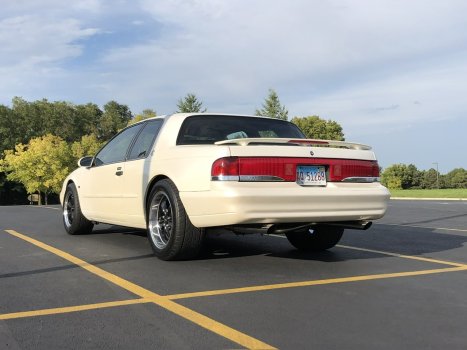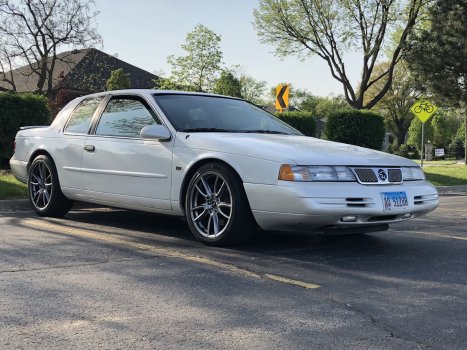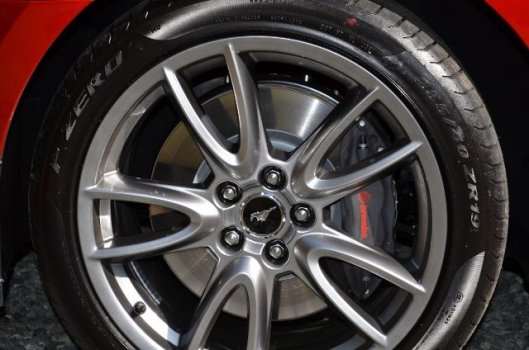JacobM03
Newbie
I am planning on getting better and wider tires to get more traction for my project 92 tbird and I am wondering what would be the best rim setup.
I am switching to the 5x4.5 mustang bolt pattern and 1993+ front spindles for my brake upgrade.
I was thinking of getting 17 or 18” rims, 255 in the front and 295 or 305 in the rear.
Now what kind of offset would I need for 10” rear rims and 9” front rims to fit well and clear?
I am switching to the 5x4.5 mustang bolt pattern and 1993+ front spindles for my brake upgrade.
I was thinking of getting 17 or 18” rims, 255 in the front and 295 or 305 in the rear.
Now what kind of offset would I need for 10” rear rims and 9” front rims to fit well and clear?




